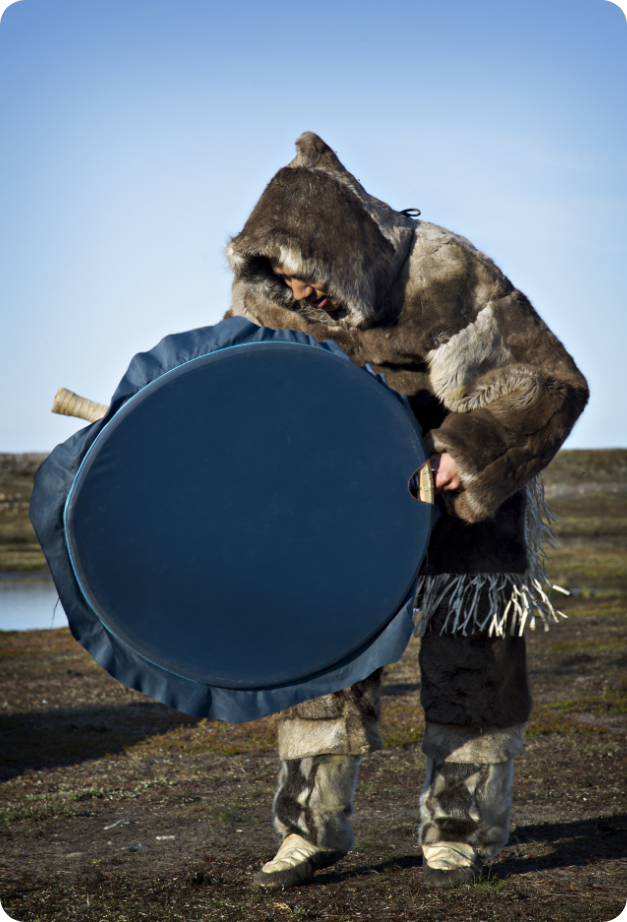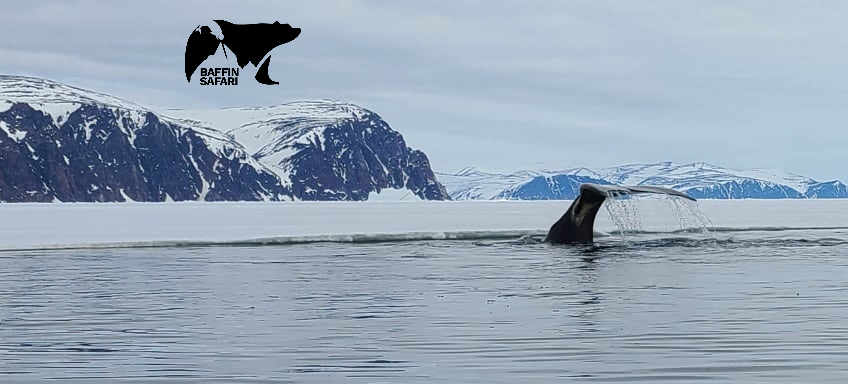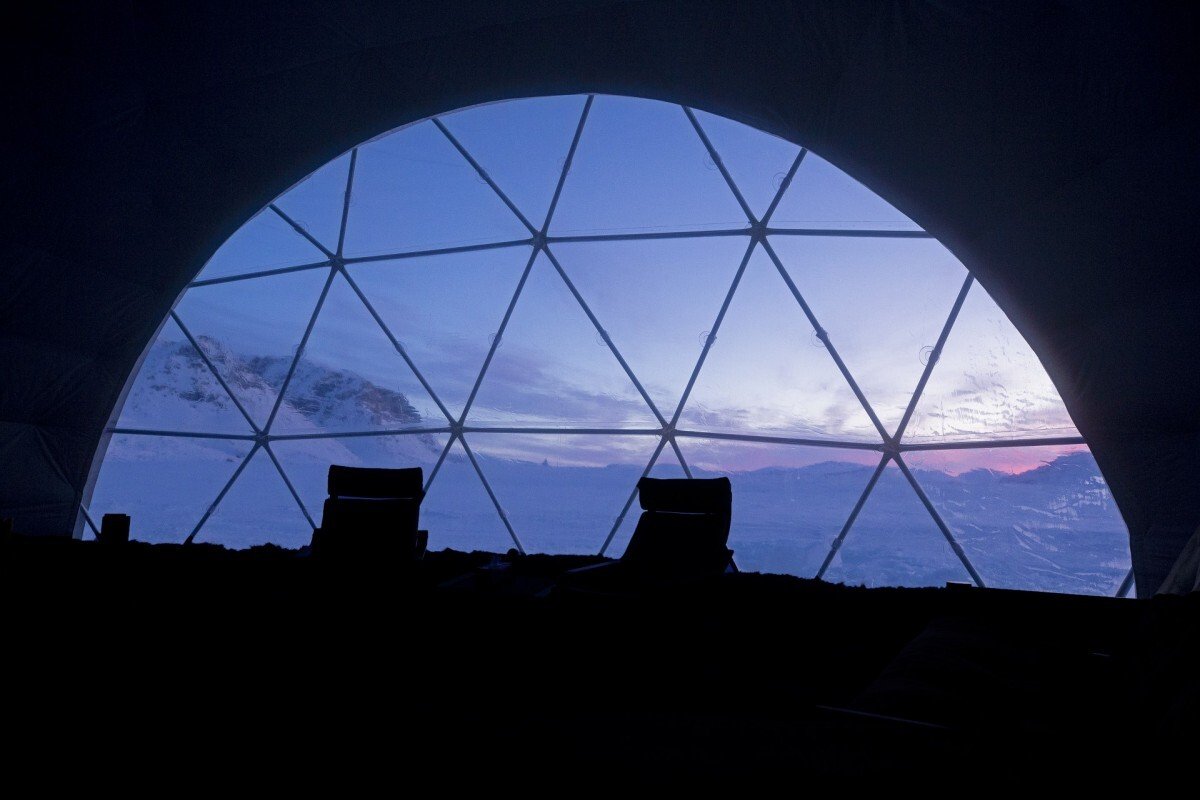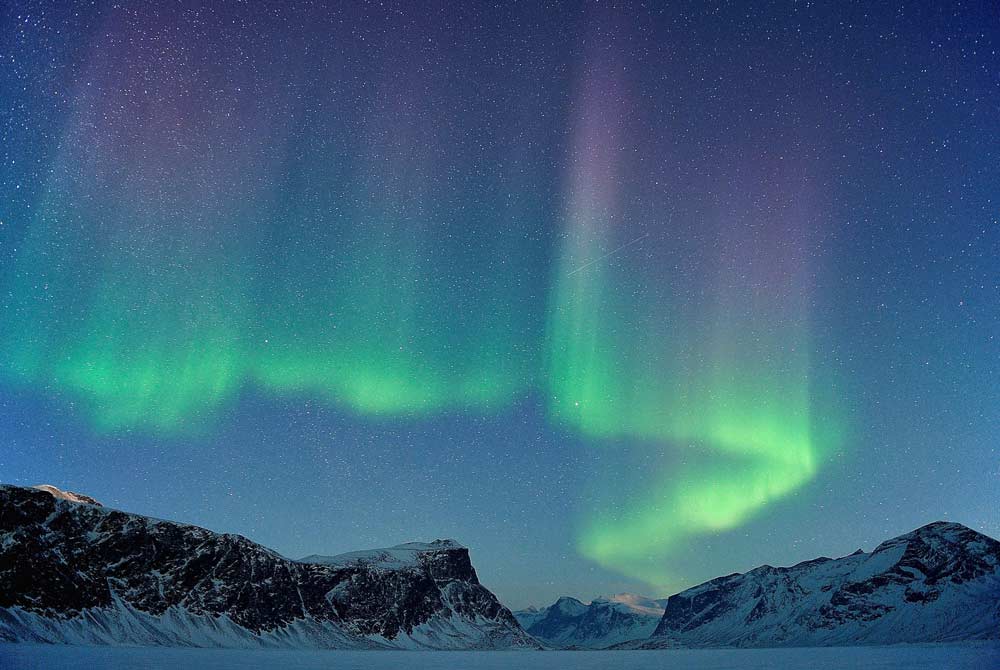Gaze In Wonder As The Shimmering Waves Of The Aqsarniit* Spill Across The Darkness
*Inuktitut for northern lights.
A dark, cold night on the tundra. The inky, endless black sky sparkles with millions of diamond-like stars. Slowly, a glow emerges from the horizon. It alternates from a subtle haze of green light to vivid, dancing waves that paint the heavens with shimmering flames. It pulsates and moves like an otherworldly living thing, a ghost from the past, enveloping the atmosphere. Hold your breath and gaze in awe at nature’s most spectacular light show: the aurora borealis, or northern lights.
About the Aurora Borealis
This magical-seeming phenomenon is the result of solar particles entering the earth’s atmosphere. It’s strongest along the aurora belt, which stretches across much of the Arctic – making Nunavut, and especially the more southern communities, a prime destination for viewing this natural wonder. Light pollution, a major barrier to viewing astronomical displays in southern parts of Canada, is rare in the sparsely-populated Arctic.
The lights are most visible during the coldest months of the year, when the skies are free of cloud cover. Fall and early spring provide ample light activity coupled with relatively mild temperatures, allowing for more comfortable viewing excursions. Various colours can be seen in different parts of the world, and in Nunavut, the aurora typically manifests in shades of green.




